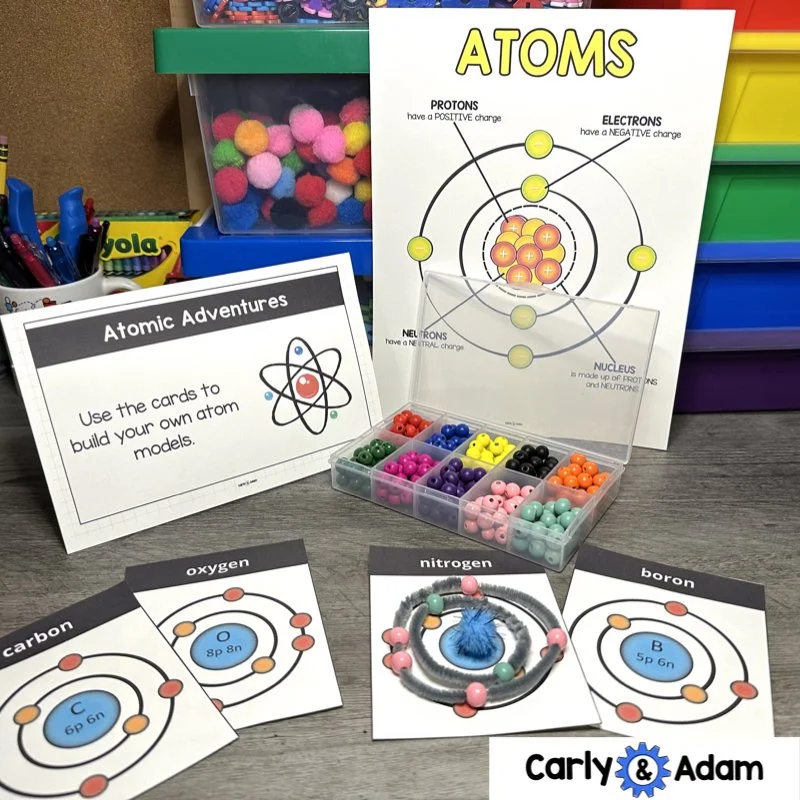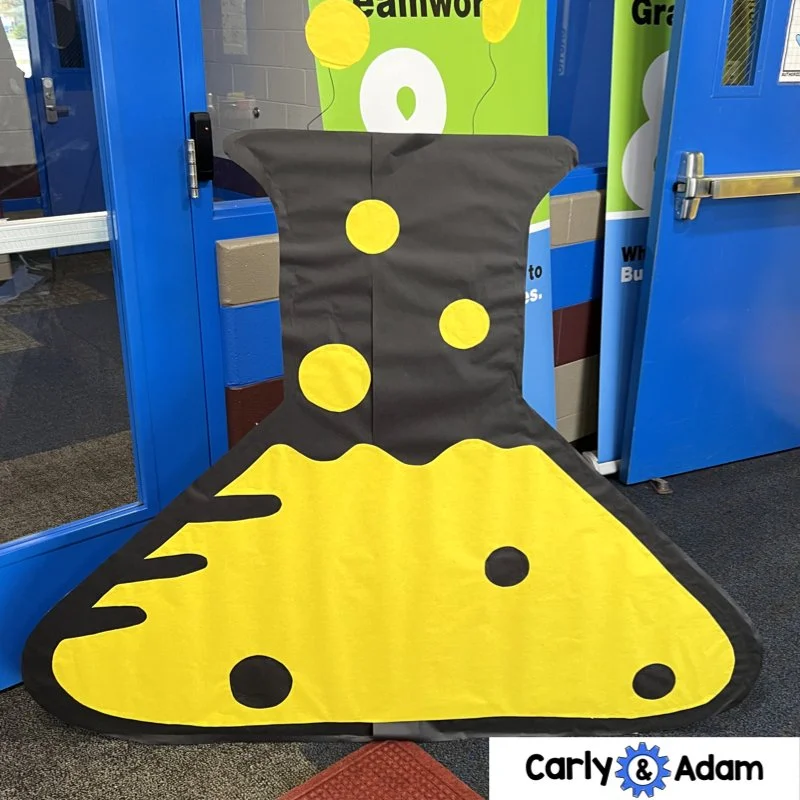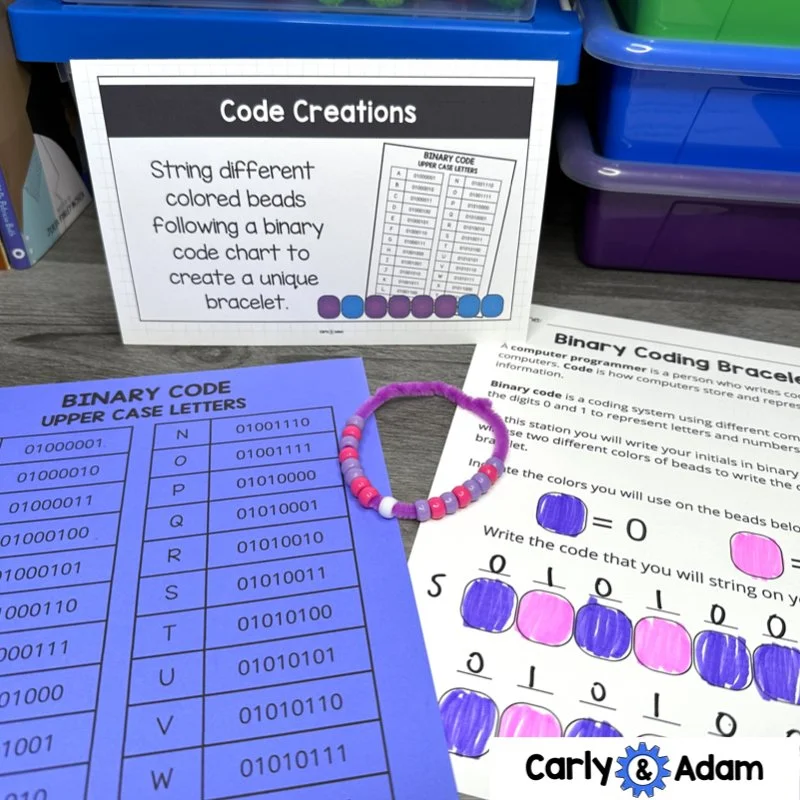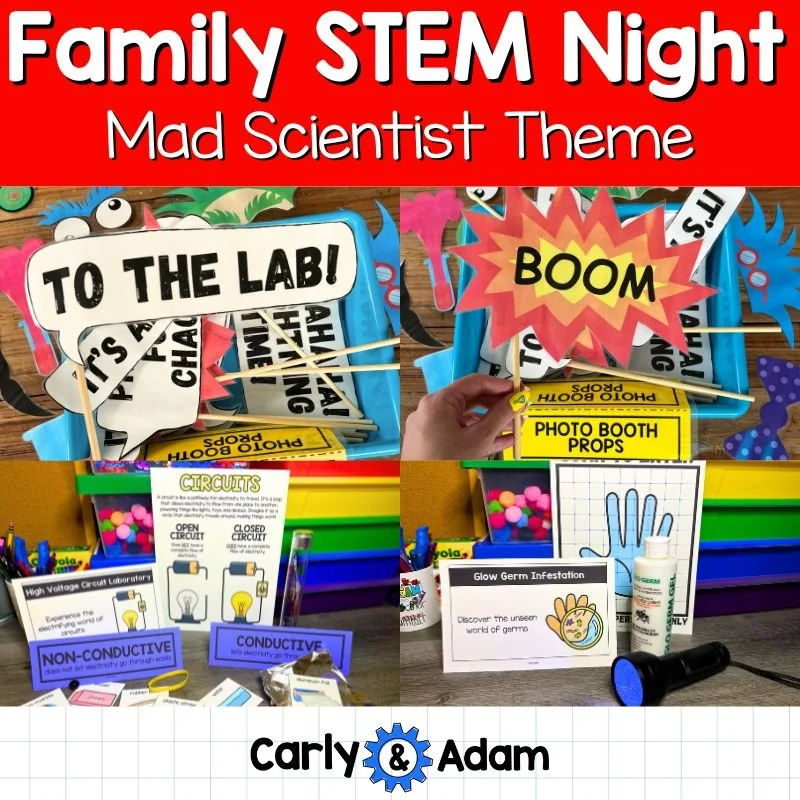How to Plan a Family STEM Night
Are you ready to plan an engaging Family STEM, STEAM or Science Night?
Imagine an entire evening filled with wonder, excitement, and hands-on exploration, where children and adults alike move from one captivating activity to another as they explore the fascinating world of STEM (Science, Technology, Engineering, and Math).
That is the magic of a Family STEM Night – an engaging and educational event designed to spark the curiosity of both kids and adults!
What is a Family STEM or STEAM Night?
A Family STEM or STEAM Night is an event often hosted at schools or community centers, bringing together students and their families to participate in activities centered around Science, Technology, Engineering, the Arts, and Mathematics (STEAM). The goal is to encourage hands-on learning, teamwork, and the exploration of STEM and STEAM concepts in an enjoyable and interactive manner, sparking interest and enthusiasm for these subjects in both children and adults.
10 Steps for Planning a Successful Family STEM or STEAM Night:
Set Clear Goals
Choose a Theme
Plan Engaging Activities
Prepare Materials and Instructions
Recruit Volunteers
Promote the Event
Create a Welcoming Atmosphere
Incorporate Learning and Fun
Gather Feedback
Celebrate Success
1.) Set Clear Goals
Before you start planning, define the objectives of your event. Are you aiming to introduce families to STEM concepts, provide hands-on activities, or showcase student projects? Having clear goals will guide your planning process and ensure that the event is focused and effective.
2.) Choose a Theme
A central theme can make your STEM night more cohesive and exciting. Consider themes like space exploration, robotics, hands-on science experiments, or coding. A well-chosen theme can help you select appropriate activities, decorations, and materials, creating a unified experience for participants.
If this is your first STEM or STEAM night experience you may just want to focus on immersing students and families in all aspects of STEAM (Science, Technology, Engineering, Arts, and Mathematics).
STEM night themes can vary widely, each designed to captivate participants' imaginations and deepen their understanding of different STEM fields. Here are some examples of STEM Night themes:
10 Themes for STEM or STEAM Night:
LEGO Engineering
Coding and Robotics
Carnival Engineering
Board Game Night
Math Night
Family STREAM Night (Focus on Reading and Literacy)
3.) Plan Engaging Activities
Interactive, hands-on activities are the heart of a successful STEM night. Here are some ideas:
Science Experiments: Simple, safe experiments that families can do together, such as making slime, creating chemical reactions, or building simple circuits.
Engineering Challenges: Activities like building your name with non-consumable building materials , constructing towers with popsicle sticks and clothespins, or designing paper airplanes.
Technology Stations: Introduce coding by having families create a binary code bracelet, explore robotics, or challenge families with some unplugged coding activities.
Math Games: Fun math-related games and puzzles that encourage problem-solving and critical thinking.
When planning a Family STEM Night it is important that your activities:
-are low-prep
-don’t require expensive or an excessive amount materials
-appeal to a wide audience of ages and interests
-are easy to explain
-can be completed in a short amount of time (5-10 minutes per station)
4.) Prepare Materials and Instructions
Ensure you have all necessary materials ready and organized for each activity. Provide clear, easy-to-follow instructions so families can engage with the activities independently. Consider creating instruction sheets or posters with step-by-step guides and visual aids.
5.) Recruit Volunteers
Enlist the help of teachers, students, and community members to help set up, run activity stations, and assist participants. Volunteers can help explain concepts, guide families through activities, and ensure everything runs smoothly.
6.) Promote the Event
Get the word out about your STEM or STEAM Night through various channels:
Flyers and Posters: Display them in schools and send hope copies with students.
Social Media: Use school and community social media pages to share details and generate excitement.
Hype Up the Students: Before the event visit each classroom to demo some of the activities with students and get them hyped up for the event. If you are the STEM teacher and students come to your class make sure to hype up the event in your classroom.
7.) Create a Welcoming Atmosphere
Make your event inviting and accessible to all families. Consider these elements:
Inclusive Activities: Ensure activities are suitable for a range of ages and abilities.
Fun and Engaging Space: Arrange the venue to be welcoming and easy to navigate, with clear signage and designated activity areas. Decorate the space to match your chosen theme.
Refreshments: Offer snacks and drinks to keep everyone energized and happy.
8.) Incorporate Learning and Fun
Balance educational content with fun. The goal is to spark interest and curiosity, so make sure the activities are enjoyable and not too challenging. Use games, competitions, and prizes to add an element of excitement. One way to encourage families to participate in as many activities as possible is by hosting a raffle. When families arrive give them a punch card that they can take to each station. At the end of the night have families turn in their punch cards to be entered in a raffle for prizes.
9.) Gather Feedback
After the event, seek feedback from participants to understand what worked well and what could be improved. Use surveys, comment cards, or informal conversations to gather insights. This feedback will be invaluable for planning future events.
10.) Celebrate Success
Acknowledge and celebrate the effort and participation of everyone involved. Highlight successes in school newsletters, social media, and local newspapers. Recognizing the hard work of volunteers, participants, and organizers will build a sense of community and encourage future involvement.
Planning a Family STEM Night requires careful preparation and creativity, but the rewards are well worth the effort. By providing a fun and educational environment, you can inspire a love for STEM in both children and adults. With these tips, you're well on your way to hosting a successful and memorable event that brings families together in the spirit of exploration and learning.
Ready to Plan your Family STEM Night?!
We hope these station ideas helped get you started with planning your event. Looking for more support with planning your Family STEM Night? Grab our STEM Night Planning Resource or our Mad Scientist STEM Night Activities! These resource include all of the activities mentioned in this post as well as a planning guide and some editable Canva templates to help you create a flyer for the event and some informational parent handouts!
Have more questions or need additional resources?
You can get all 300+ STEM Challenges by Carly and Adam as part of the STEM Teachers Club Membership. Save $5 on your first month using coupon Code: CarlyAndAdamBlog.
We hope you have found this blog post helpful. To stay connected with Carly and Adam's teaching tips and classroom freebies be sure to follow us on Facebook, Pinterest, Teachers Pay Teachers, and subscribe to our blog!














